How important is album art?
Alex Bolot takes a look at the myriad ways in which album covers can affect the listening experience
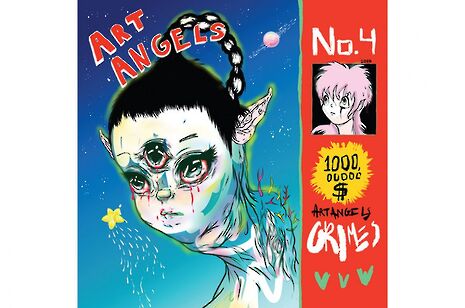
As I’m sure you’ll know, it becomes very easy to not think about album covers when listening to music. While going about our everyday lives, we often only think about an album in relation to its sound. However, album covers are often highly significant in themselves, in ways we don’t often expect. Successful pieces of album art vary hugely in both their mediums and the images they depict; by transposing an album to the visual realm, a mood and tone is set for the listener, as well as a clarification of the artistic intent behind the album.
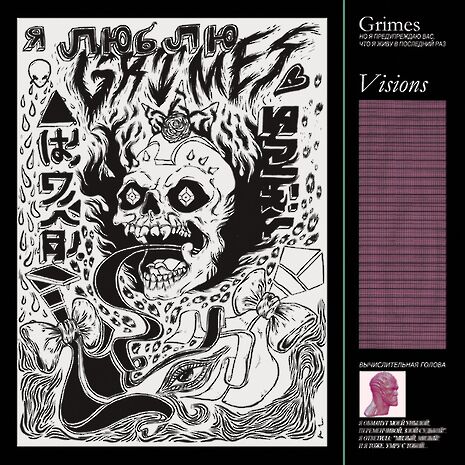
Artists who create their own album art offer the listener an extra dimension through this additional media. An example of this is Grimes. Famously independent in her music making, Grimes creates all of the illustrations for her album covers, generating an expanded visual element to her auditory creations. This allows the listener to view Grimes’ albums as almost a fragment of her, and as entirely her own creation rather than a collectively manufactured piece. The elaborate illustrated designs on her albums including Visions and Art Angels provide another layer to the moods each of the albums try and capture. For example, the image of the skull on front of the album Visions surrounded by tangled words in multiple scripts and small, chaotic doodles creates more depth to the dark, twisted universe presented in the songs. In a similar manner, the sickly sweetness of Grimes’ later album, Art Angels becomes multifaceted through the vivid album cover, depicting an ‘angel’.
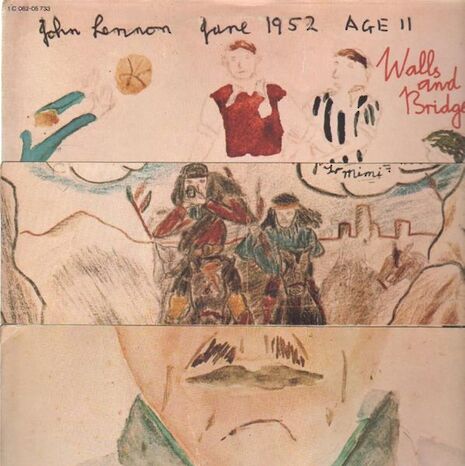
Other artists have also created their own album covers, with Cat Stevens’ art created for Tea For the Tillerman, John Squire of The Stone Roses’ abstract art adorning the band’s debut studio album and John Lennon’s childhood drawings on the cover of Walls and Bridges. While the types of art used in each of these vary, the idea of artistic involvement remains the same behind all of them. The album becomes something more intertwined with the artist themselves, rather than a separate, commercial product.
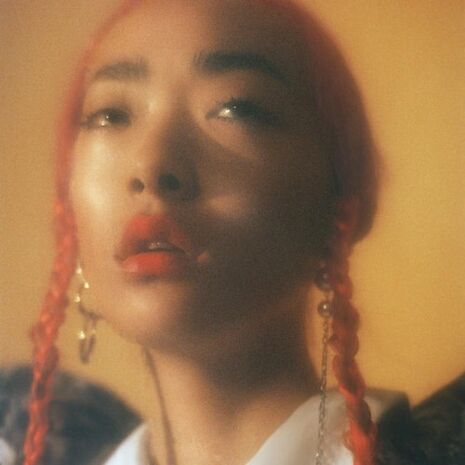
However, perhaps the best album art is not that which is exclusively self-created, but rather is art that allows a clear dialogue between the artist and the work. While there are many examples of this, a recent artist who I feel excels in this is the up-and-coming singer-songwriter Rina Sawayama. Perhaps the most visually entrancing piece of album art is the photograph on the cover of RINA, which portrays a distant-looking Sawayama through a hazy lens, echoing the saturated, other-worldly nature of her music. This consistent narrative adds to the effectiveness of the album.
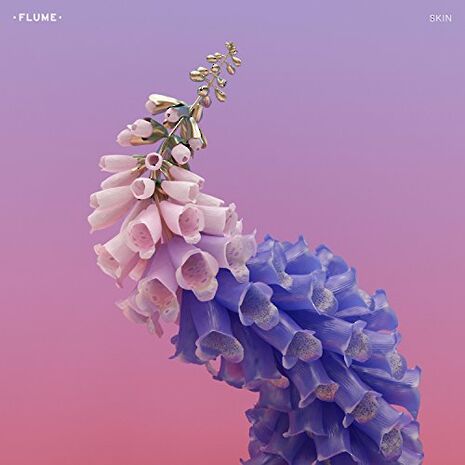
Indeed, good album art does not even need to feature the artist itself, with many artists opting for other designs. For example, Flume’s album cover for Skin, designed by Jonathan Zawanda, uses a digitally designed flower, reflecting the electronic nature of Flume’s music. Zawada himself has recognised the great importance of album art, and makes an important point in noting the reciprocal relationship between music and art: “Visuals give a more tangible meaning to music, but music can likewise breathe new life into art and help people make sense of it." This particularly follows Zawanda’s repurposing of his own artwork for the cover of Skin.
Where perhaps album art is least successful is when it becomes sidelined and not used as a way of saying something new. Arguably, mass-produced pop is sometimes guilty of this, as music seems to become slightly hollow when the album cover is just a cheesy headshot with little meaning behind it (for example, the latest work of Cheryl).
While it may be valid for album covers not to have any grand, wider significance, the art is significant in the way it can add another layer to an album. By creating strong visual associations with the work, the album becomes more effective in its purpose to capture a specific mood or feeling.
 News / Cambridge academics stand out in King’s 2026 Honours List2 January 2026
News / Cambridge academics stand out in King’s 2026 Honours List2 January 2026 Comment / Plastic pubs: the problem with Cambridge alehouses 5 January 2026
Comment / Plastic pubs: the problem with Cambridge alehouses 5 January 2026 News / Cambridge businesses concerned infrastructure delays will hurt growth5 January 2026
News / Cambridge businesses concerned infrastructure delays will hurt growth5 January 2026 News / AstraZeneca sues for £32 million over faulty construction at Cambridge Campus31 December 2025
News / AstraZeneca sues for £32 million over faulty construction at Cambridge Campus31 December 2025 Interviews / You don’t need to peak at Cambridge, says Robin Harding31 December 2025
Interviews / You don’t need to peak at Cambridge, says Robin Harding31 December 2025









